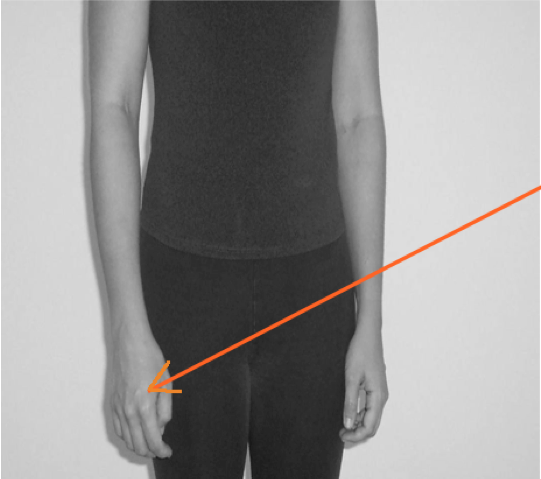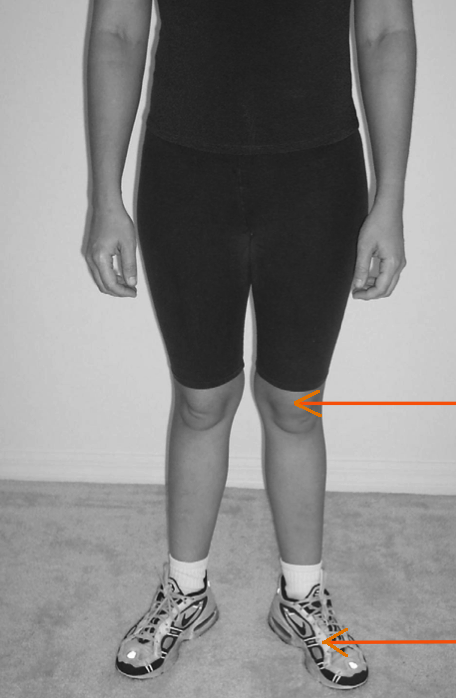Posture Evaluation For Carpal Tunnel
Currently, Carpal Tunnel Syndrome affects over 8-million Americans. Only 23% of all Carpal Tunnel Syndrome patients were able to return to their previous professions following surgery. Up to 36% of all Carpal Tunnel Syndrome patients require unlimited medical treatment. (From The National Institute of Neurological Disorders and Stroke, 2002.) Carpal Tunnel Syndrome is a disease that many suffer with and many seek professional help in improving. If you want to try and improve your CTS symptoms through at-home exercises, read on. We’ll start with posture. Here’s a great way to observe your own posture and see if you fall into a bad posture category: Take a picture from the front and side of your body (ask a friend or family member to help). Once you have your photo, go down the checklist that I provide below and write down what you see. This will be helpful because it will identify what is occurring with your body showing your various compensations and it will be useful to review in the future after you have done these exercises for a while to see if there has been a change. Special Note:
I am not qualified to give you medical advice beyond this scope. So if hormonal, psychological, pre-disposed disease or any other reason for your carpal tunnel are the culprit, then addressing your physical muscular imbalance will help but should not be the primary focus. Please seek the help of a qualified professional to help you deal with the main contributor of your headaches and migraines. Let’s get started with your postural evaluation! POSTURAL EVALUATION FORM FRONT VIEW:
EXAMPLES:  As you can see, this person has one arm rotated and in front of other arm, indicating trunk rotation. Spasm in shoulder blade area, shoulder pain and sciatica are common causes of this postural problem.  Knee caps are the “windows of the hips” and clearly this person has hip problems causing her knees to compensate and rotate and point outwards or laterally. They also are experiencing externally rotated feet, a classic sign of postural compensation. POSTURAL EVALUATION FORM SIDE VIEW:
INTERPRETING YOUR RESULTS: Type 1 Posture:
Type 2 Posture:
Your Symptoms As you are reading this you may have the following symptoms:
All of these symptoms are caused by those postural deviations that you wrote down on your self evaluation form and we are going to correct that. Fortunately, both Types 1 and 2 postures are treated the same. You may respond fast or slow, but please be patient. No medicine in the world or any other from of treatment is going to help long term if you do not correct these deviations. In the long term, your pain will return if you do not address this. This manual is committed to your health and is only as good as your ability to follow it. A Reminder about postural deficits when determining which exercise sequence you should follow: 1. Rotation – examples:
2. Asymmetry – examples:
3. Dynamic tension – examples:
With the right exercise program, curing your CTS could be just around the corner! This postural evaluation is only the first step. You need to now turn your knowledge into action by pursuing the exercises that will help correct your problem. We can help! Read about carpal tunnel at home exercises here! Start taking action now!
|
|